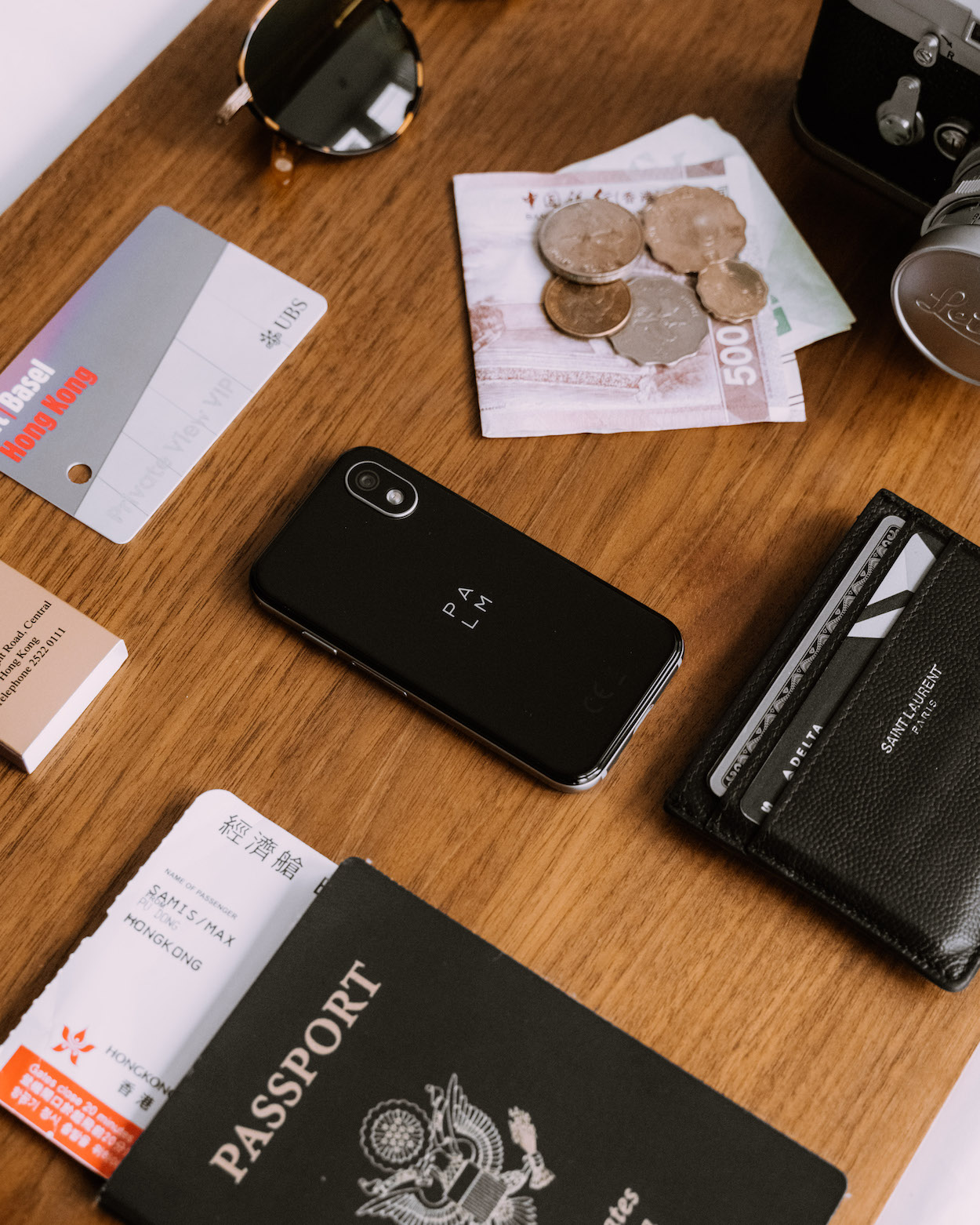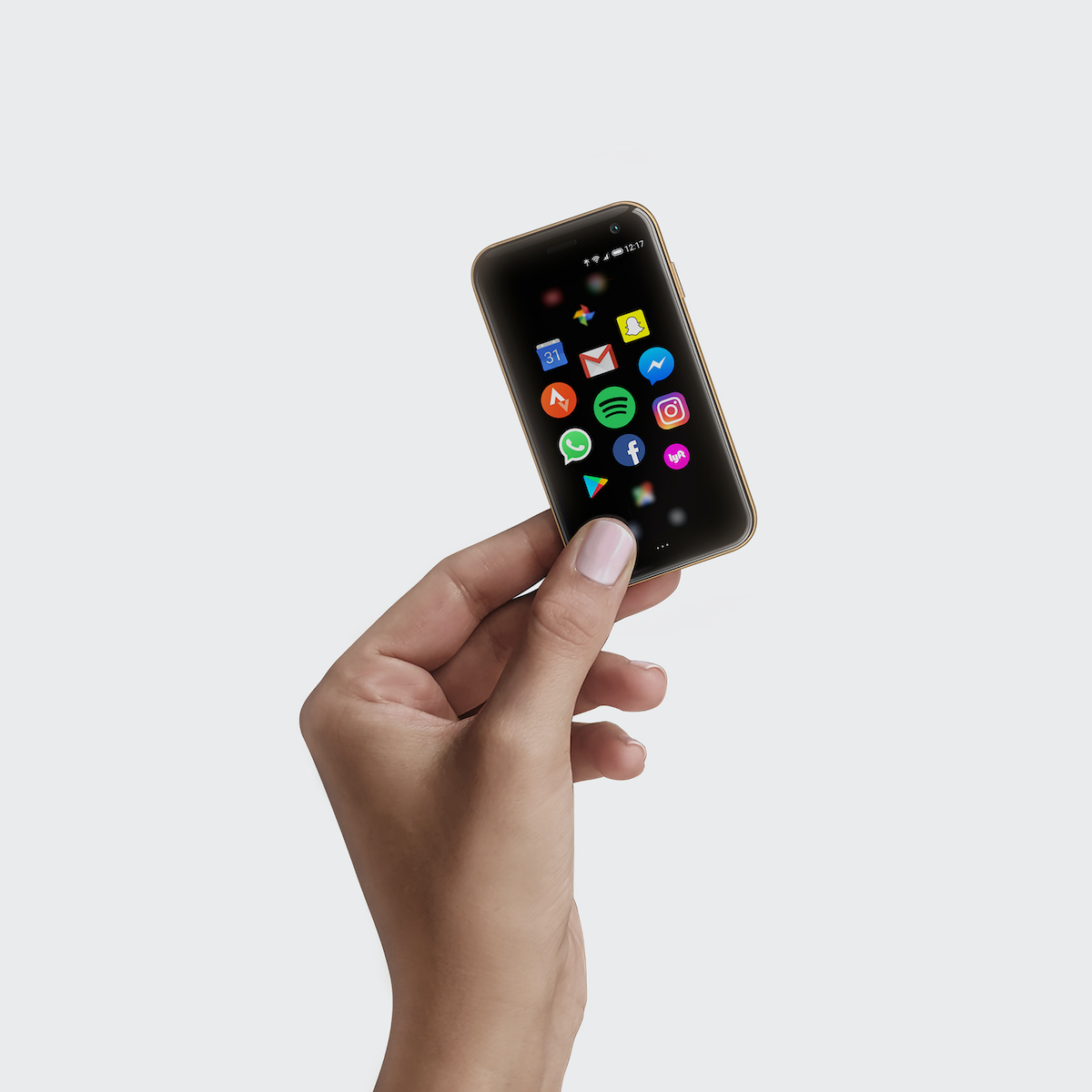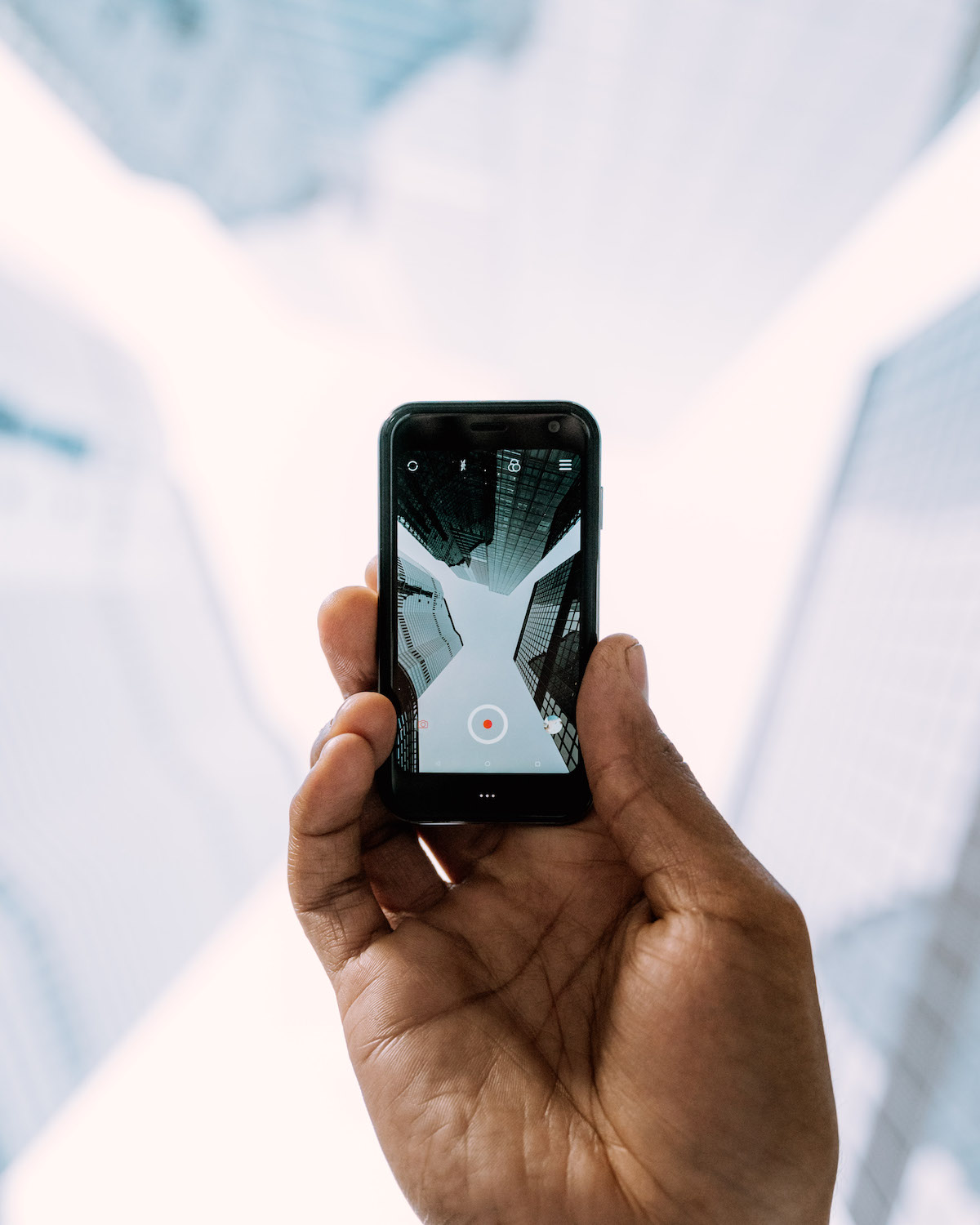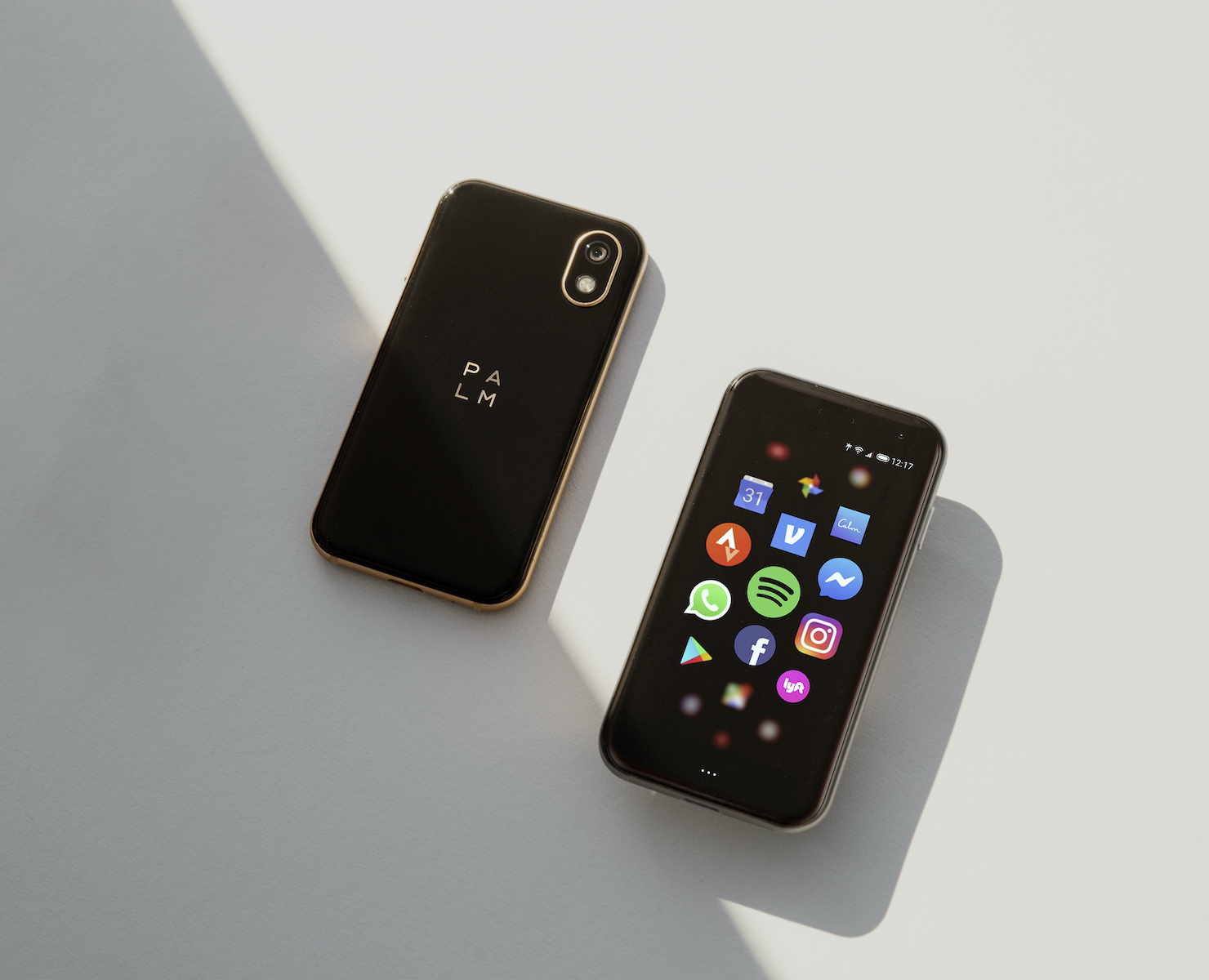How did you get started in the tech industry?
Dennis Miloseski: I was a kid looking to make my start in a new industry, so I moved to the Bay Area during the internet boom. I worked for Google, where I helped bring Gmail and Google Apps to market. I carved out a budget to start incubating hardware, such as the Chromecast, which galvanized my interest in designing products and software. Later, at Samsung, I explored how physical properties and digital experiences come together. The results were incredible—we brought more than 15 new product categories to market. My co-founder and I left Samsung about three years ago for Palm.
Howard Nuk: My timeline is similar to Dennis’s. I always dreamt of coming to California to hone my design background and create products. I got a job in Silicon Valley working on Motorola and Nokia phones. I then moved on to another firm to design speakers and headphones for Beats by Dre. I started to understand product development and experience while also learning brand messaging and how to leverage influencers. From there, I went to Samsung, where Dennis and I helped create the beginning of the wearable industry. We created all of the first wrist wearables, in-ear audio, high-level earbuds, branding, logos… That drove our relationship from a founder’s perspective, and we decided to launch Palm in 2016.
The original Palm Pilot was launched in 1997, so how did you rediscover the brand?
DM: Palm has a history of innovation. We grew up when Palm was considered an aspirational grassroots movement in technology, but over time the brand exchanged hands a few times and was put on ice. We had just written our company’s business plan and were looking for manufacturing partners, one of which had purchased Palm from Hewlett-Packard. We secured global exclusive rights to the brand and thought about how to approach it in a new way.
HN: We were so excited, especially having loved using Palm Pilots back in the day. No one under the age of 35 really knows Palm anymore, so it’s a great opportunity to refresh the brand with new messaging and make it feel more lifestyle-focused.
What inspired Palm’s design?
DM: When we first started Palm, we found two major insights. One was the birth of wearable devices, like the smartwatch. Early on, we envisioned smartwatches replacing mobile phones, but we noticed that people still exercised with their phones despite owning a smartwatch. They needed access to their camera, apps, and communication. We saw this huge opportunity area.
We also wanted to rethink phone use—on average, we unlock our phones 150 times a day. These are all-consuming experiences that demand our attention at every moment, so we started focusing on the essentials. What do we do the most on the go? We make calls, send messages, stream music, and start workouts, but don’t need a mini-tablet on hand all the time to do them. That’s where our vision originated—we can be connected, but not consumed. That philosophy has driven Palm to what it is today.
HN: We wanted to create something literally the size of a credit card—a tiny, lightweight thing that lets you stay connected while focusing on the moment.
We definitely consume way too much.
HN: I’m a self-proclaimed Instagram addict, but I’ve curbed much of it with Palm. At the gym, I’m the only one not on my phone texting. Palm is almost like a nicotine patch in that quitting Instagram or Facebook cold turkey is almost impossible for most people. Palm helps curb some of that behavior by using a device that lets you check in, but not scroll for hours on end.
What aspect of Palm are you most proud of?
DM: Outpour from users who share how Palm has improved their life. We first saw the product as a modern minimalist device that could be very popular with athletes—for example, Stephen Curry is both an investor and brand ambassador. We didn’t expect parents to say that Palm helped their 11-year-old not get lost in TikTok and Snapchat, nor did we expect healthcare workers to say that Palm lets them be connected on the job when they can’t have big phones on them. These stories drive what we do.
HN: We designed Palm holistically, from software to hardware. Everyone who has ever held one has said, “Oh my God, it’s so cute!” It’s also a David and Goliath story—as a small company, we created this object of desire in a saturated market full of giants. We carved out a user group and a unique way of approaching mobile that they haven’t done. It’s a really proud moment.
How do you see Palm evolving in the future?
HN: Creating more mindful technology, expanding our relationships with technology into other products, and finding ways to weave in technology more naturally into our everyday life. We’re also trying to bring our brand back. We’ve been on the market for a year, but most people still don’t know that we exist.
DM: We want to make Palm a household name. We have a keen sense of where the mobile market is going—we think that the size of devices will get smaller, not larger. We’re also learning more about voice technology. In the movie Her with Joaquin Phoenix, the protagonist falls in love with a device and talks to it to the point of forming a relationship with it. That’s five years down the road from today. We know the market is going that way and we’re riding that wave.
Palm is a member of The List, the destination for all things Surface-approved. Want to join The List? Contact our team to find out how to apply.
APPLY





